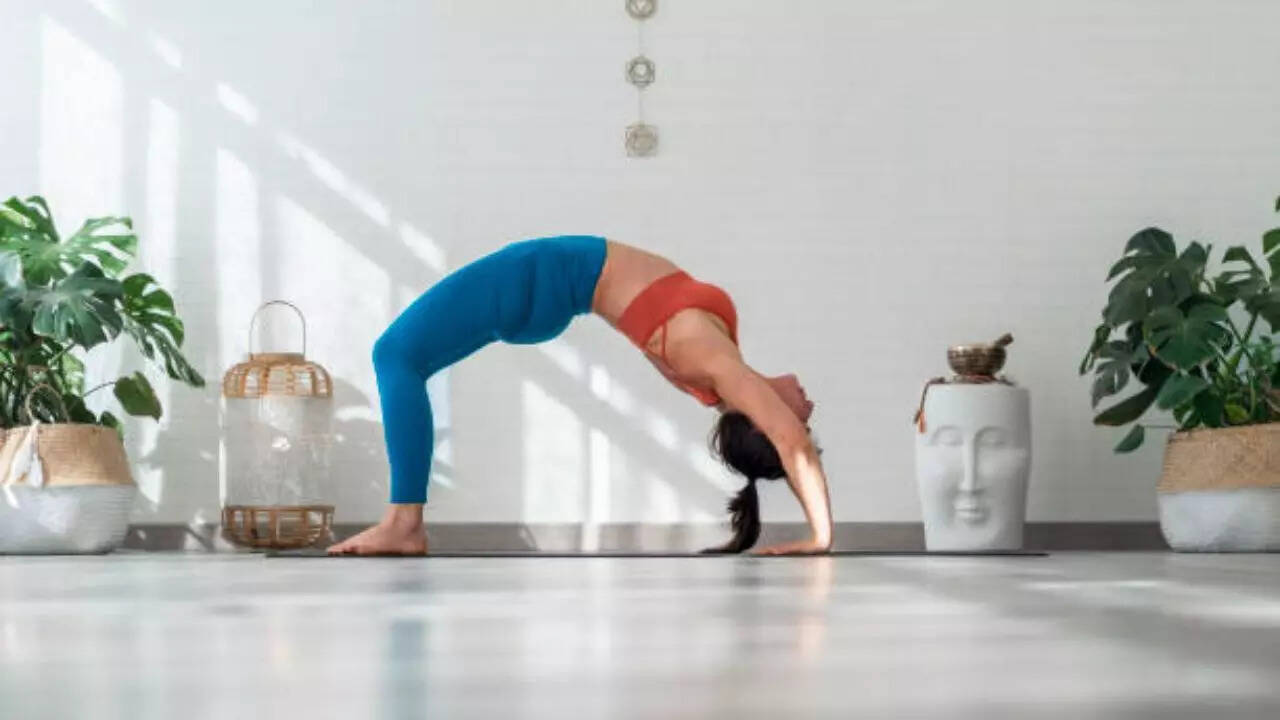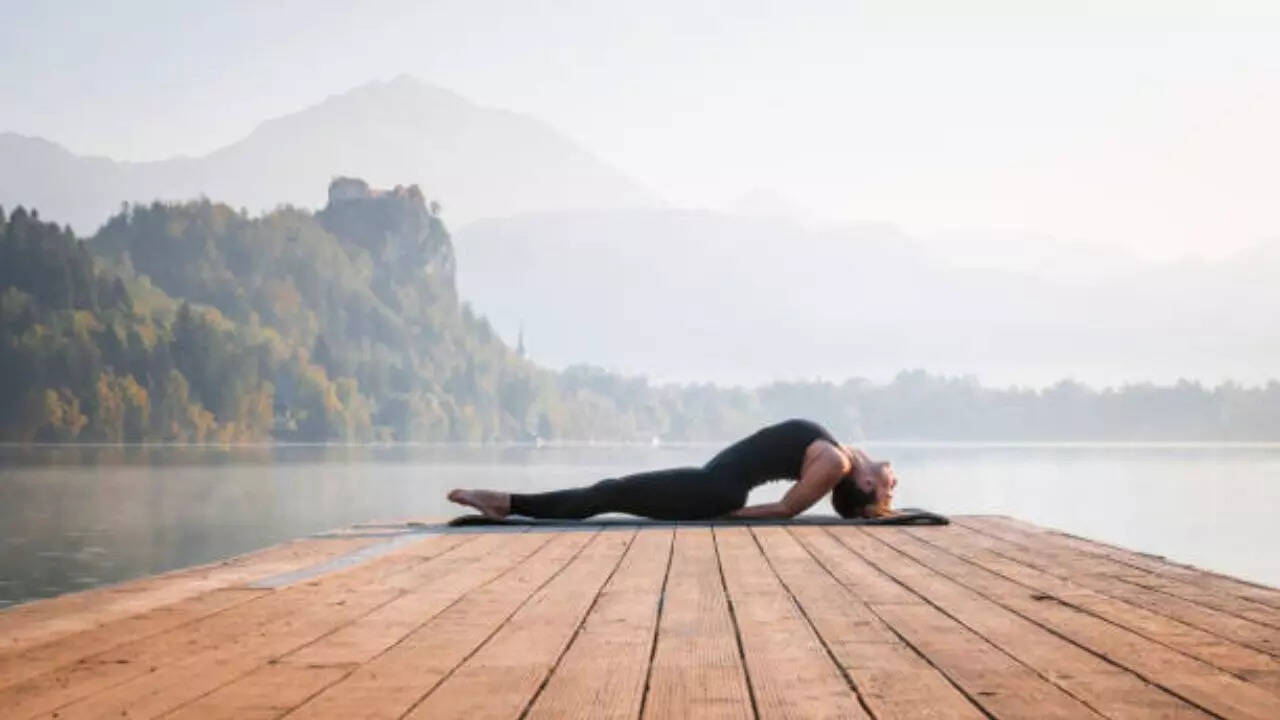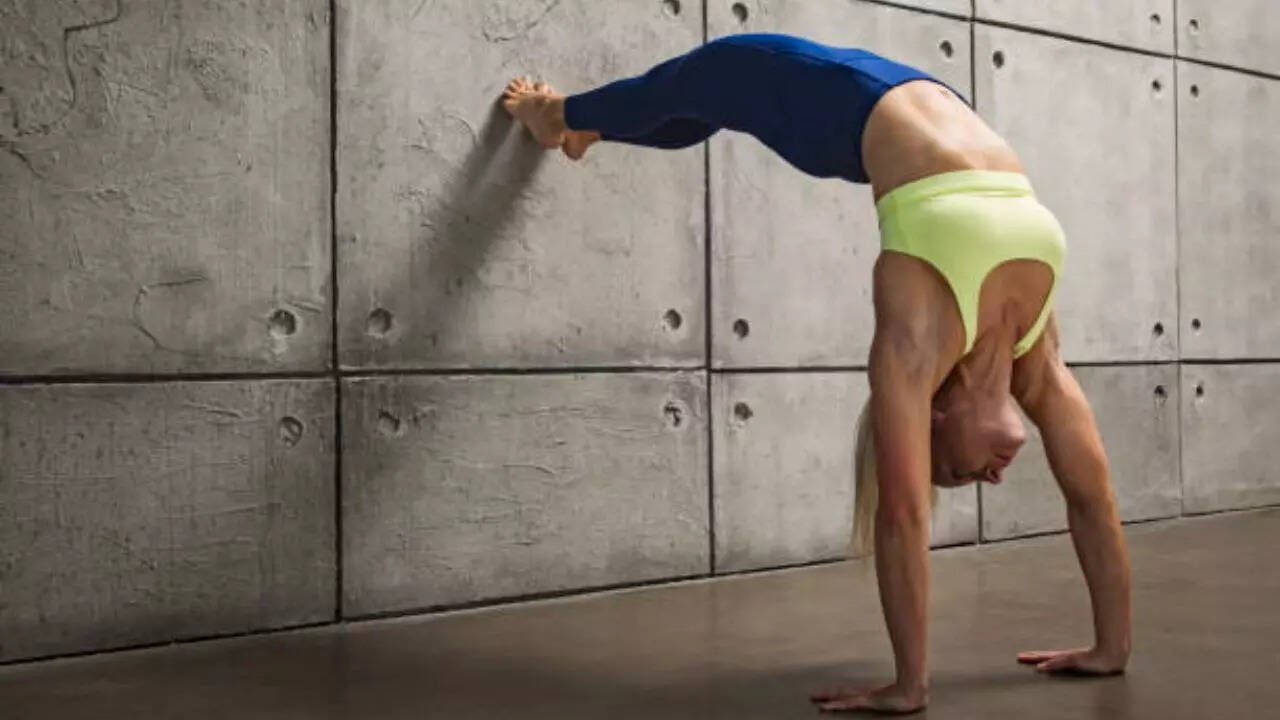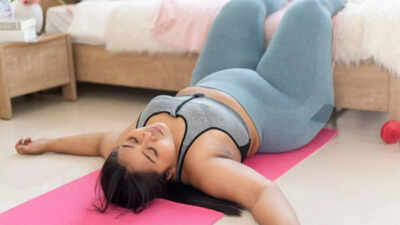According to a study by Zippia, there are 300 million yoga practitioners around the world, with 36 million based in the USA. The ancient exercise is followed by people for the benefits of strength, posture, and a lowered risk of chronic disease.However, a triple board-certified neurologist has warned that some yoga poses can increase the risk of stroke, a medical condition that occurs when blood flow to the brain is disrupted. “Yoga poses can potentially cause stroke by injuring the arteries that run from the neck to the brain,” said Dr. Jeremy M. Liff, a senior member of the Society of Neurointerventional Surgery at NYU Grossman Long Island School of Medicine and Northwell Lenox Hill, to The Post.
How does this happen?
A cervical arterial dissection is a tear that occurs in the wall of a neck artery. When blood enters the damaged wall and forms a clot that travels to the brain, a stroke occurs.Cervical arterial dissection is responsible for up to 25% of strokes in young and middle-aged people, noted clinicians in a 2022 case report. Yoga poses that involve extreme neck extension or place weight and pressure on the head can be hazardous, particularly for those who are older or who suffer from cervical spine disease, said Liff. What are these poses? Let’s find out!
Wheel pose

Image credits: Getty Images
A 28-year-old woman suffered a narrowing of her left vertebral artery and a stroke after doing the wheel pose. The incident was mentioned in a 1973 case report, one of the first to document the potential for a stroke due to yoga. Also known as Urdhva Dhanurasana, the pose opens the chest, shoulders and hips while strengthening the arms, legs, spine and core muscles.
Fish pose

Image credits: Getty Images
Fish pose, also called Matsyasana is one pose that plays with the neck the most. It involves lying on the ground with the hands under the buttocks and lifting only the chest and neck while the head remains on the floor. Susan Eaton, a physical therapist shared with NBS how she suffered a stroke about four days after performing the hyperextended neck pose, as she had torn her left carotid artery.
Hollowback handstand

Image credits: Getty Images
Balancing your legs by supporting your feet on the wall and bending your neck and chest is a hollowback handstand. One yoga influencer shared how her problem began with blurry vision but expanded to a droopy right eye and different-sized pupils about two days later. The cause? Well, she had torn her right carotid artery.Thus, for beginners or those with pre-existing health issues, it is important to have a trained instructor by your side.Disclaimer: The information provided in this article is for educational purposes only and is not intended as a substitute for professional medical advice, diagnosis, or treatment. Yoga can have significant health benefits when practiced safely and under proper guidance. However, certain poses may carry risks, especially for individuals with pre-existing conditions. Always consult with a qualified healthcare provider before beginning or modifying any exercise or yoga routine.



